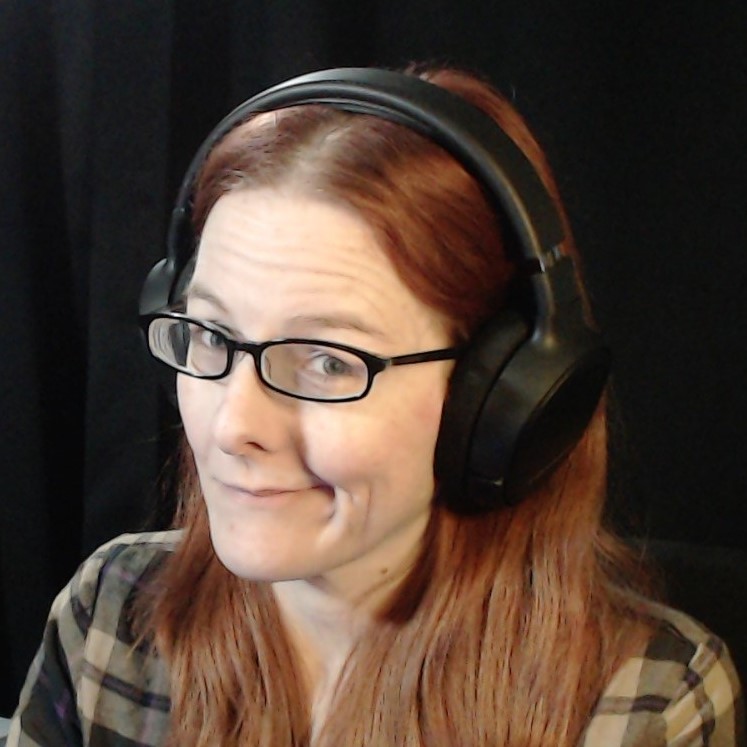I checked for danger through The Hatway door ten times, as is the custom of all Gnomes. Unfortunately, The Dread Owl was apparently out of sight. It swooped down to grab me before I knew what had happened! —
Rastus, retelling the story about The Dread Owl yet again.
Ten is a sacred number to the people of The Dragonstar System. Many traditions and superstitions have sprung up over beliefs about the significance of this number to
The Dreamer. Throughout her design of
The Cosmos, Kaesta has made her preference for the number ten to be prevalent and self-evident.
There are Ten Worlds
The Inner Worlds
- Elandor
- Thalion
- Akir
- Caelum
- Erevan
The Outer and Border Worlds
- Galendrys
- Finndian
- Lorindel
- Tareldan
- Rowanar
Ten Copies of The Codex
When
Arastoo, The Eternal Archivist sent copies of
The Dreamstone Codex to the ten worlds, he sent ten copies to each of them. There are one hundred divine codices made of
Cognizite Crystal in total. While many of the folk within The Dragonstar System (especially the Dwarves of Akir) keep their own copies of The Codex, the originals gifted by Arastoo are considered sacred.
Measuring Time in Tens
There are ten hours in the day followed by ten hours at night on the world of Akir. Ten months contain ten weeks of ten days, for a total of one thousand days per year.
Time within The Dragonstar System also travels at a rate of 10 times the speed that time progresses in The Dark Galaxy (Kaesta's home universe).
Easy Currencies and Measurements
All standard measurements and currencies used by the people on Akir are based on the system of ten. This makes accounting and trade practices quite simple. The Dwarves who utilize
Cognizite Record Keeping find the use of ten to be practical. Some fervent worshippers of Arastoo mistakenly attribute the prevelence of ten on Akir to him.
Remember how hard it was for me to program the currencies for Athens, the Greek Mythological Game that I made first? I tried to replicate what my father had done in Age of Musketeers and Chivalry but I was never able to get the coins to work out quite right.
I think I remember having different coins in that game. How did you end up programming the money for Athens?
I ended up cheating and using a single value to represent how much money a hero had on himself . Then I used a formula with division using the remainder for each coin to then carry over to the next smaller coin on the scorecard to replicate the idea that complex denominations of coins were there.
But I remember being able to drop money on the ground or pick some up if I found coins scattered around.
When a player would try to drop coins, the game would generate a single item. The game would then restring the description based on the same formula that I used in the scorecard. I knew that it didn't really work though. There weren't actual individual coin objects with unique key identifiers stored in the database for each one of them. When I made The Cosmos, I decided it would be more efficient to just make everything divisible by ten.








This is a nice little article showing something that's super important to your world. Love the Dread Owl being brought up again too. :D
Explore Etrea
Thanks, Emy! I have a strange sense of humor. I find it funny that the people on Akir think 10 is so sacred and it turns out Kaesta is just a lazy programmer. :D
Definitely. :D
Explore Etrea